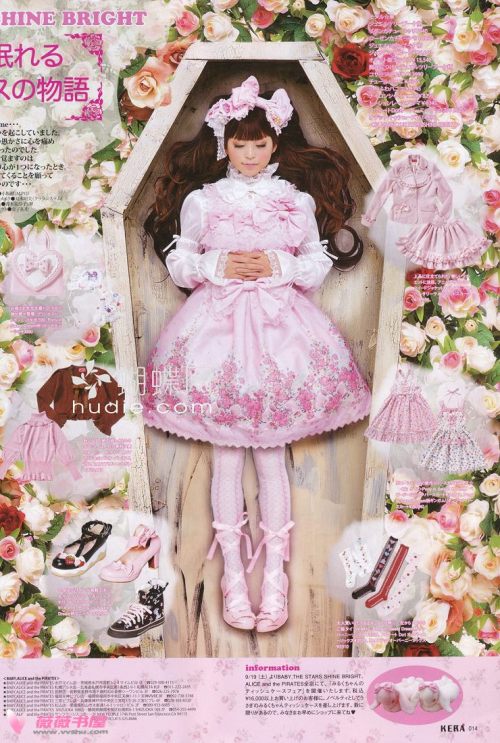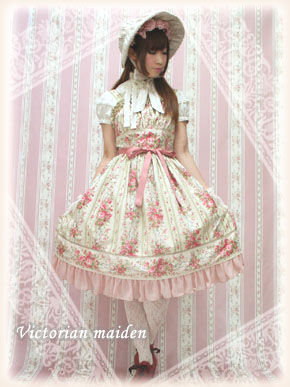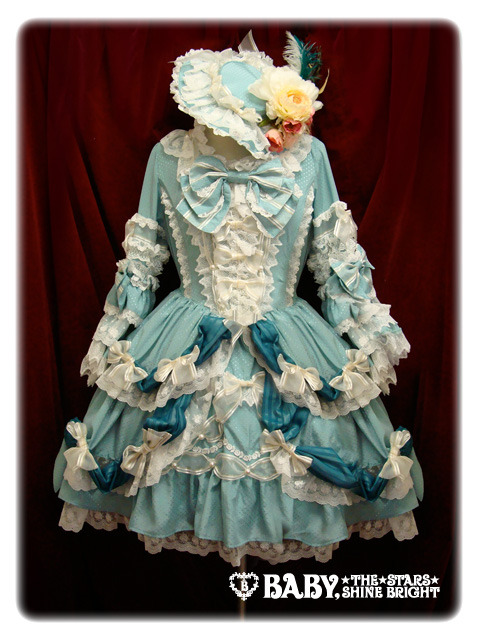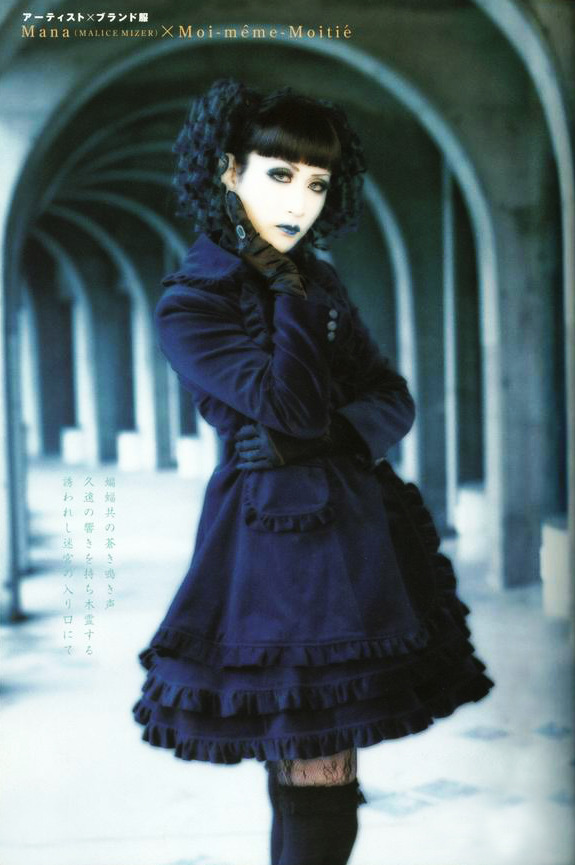The Definition of "Lolita"

First and foremost: Lolita Fashion has absolutely nothing in common with the book by Vladimir Nabokov, aside from a name. How it got that name is the source of great debate among the Lolita community, but we can all agree that these clothes don't reflect the story in the slightest.
The term "Lolita Fashion" refers, instead, to a very specific look that emphasizes cuteness and has a great deal of modesty. It takes inspiration from historical periods like French Rococo, Edwardian, Victorian, and even the 1950s.


While there are dozens of styles and sub-styles of Lolita floating around, they all have these basics (usually) in common:
- A knee-length (sometimes longer, sometimes just a touch shorter) dress or skirt with a bell-shaped silhouette.
- Covered shoulders: a dress with sleeves (Onepiece), a blouse, or a cardigan/bolero serve this purpose well.
- Socks, stockings, or tights that are at least ankle-length, more commonly knee-length or longer
- Close-toed shoes, usually Mary Janes with flat or low heels.
- Something on the head, like a bow, bonnet, hat, or a rectangle headdress.
Optional parts to a Lolita coordinate include:
- Cute accessories (usually, we say that these are required, but it's up to the Lolita what kind)
- Parasols
- Matching purse
- A jacket, coat, or cape
It's also a general rule that makeup should be worn and hair must be nicely styled, assuming one opts out of wearing a wig. As you can tell, there is very little skin showing; at most, our arms and legs from the knee to the ankle may be visible.
A (Very) Brief History

Lolita Fashion started as a street fashion in Japan in the late 80s with roots in the 70s, and didn't really become popular until the very early 2000s, which is when a good chunk of the aesthetic was finally "locked down." To see what I mean, check out this amazing post from FYeahLolita. Today, the fashion looks very different, but you'll see what I'm talking about.
A very large part of the original popularity explosion was Japanese pop culture, like Visual Kei artists. The brain behind the major brand, Moi-même-Moitié, Mana, is one such artist, and is the person who coined the term Elegant Gothic Lolita.

Today, the fashion has gone from a weekend Harajuku fashion to a world-wide phenomenon. You can find a community of Lolitas almost anywhere, these days, and buying Lolita clothing is easier than ever. Most major brands ship overseas, and there's a thriving secondhand market.
What Lolita Fashion is Not
I cannot stress any of these points enough. Lolita is not a fetish, it is not a costume, it is not for attracting men, it is not cosplay, and, once again, it is not an homage to Vladimir Nabokov's novel. These are just clothes.
~~~~~~
Thank you for visiting Floating on Macarons! I hope this was a good basic rundown of the fashion. Please feel free to email me with any other questions, or check out FYeahLolita for Miss Caro's extensive posts on the origins of Lolita.
No comments:
Post a Comment